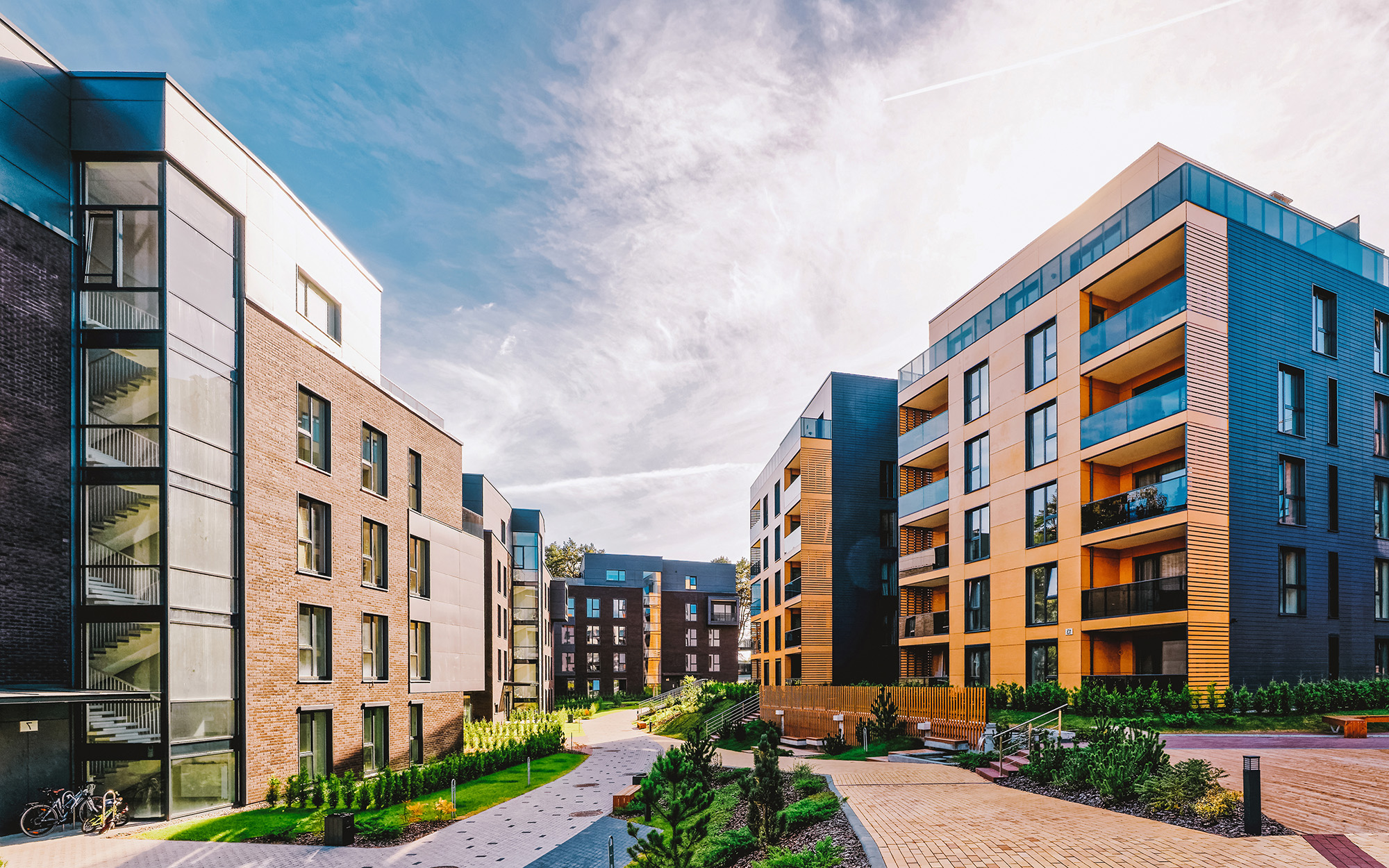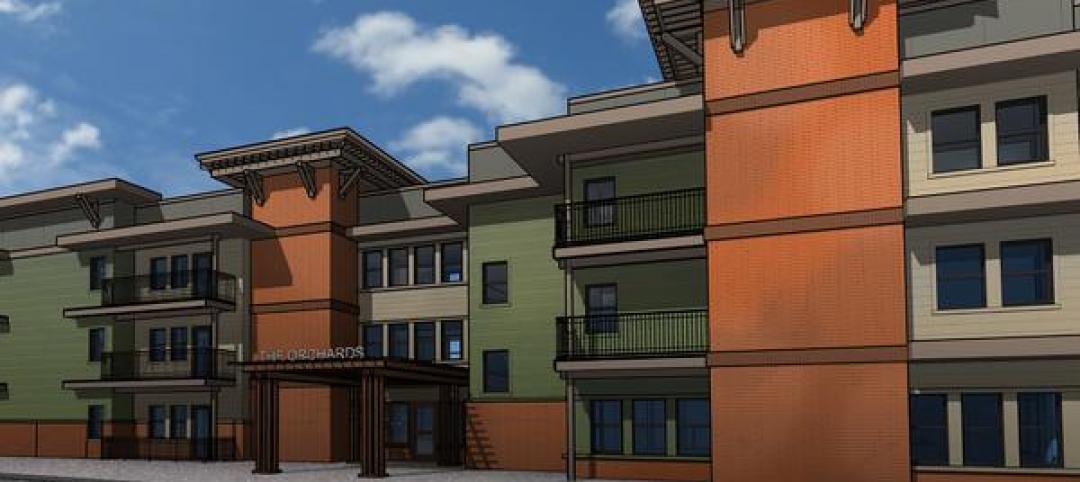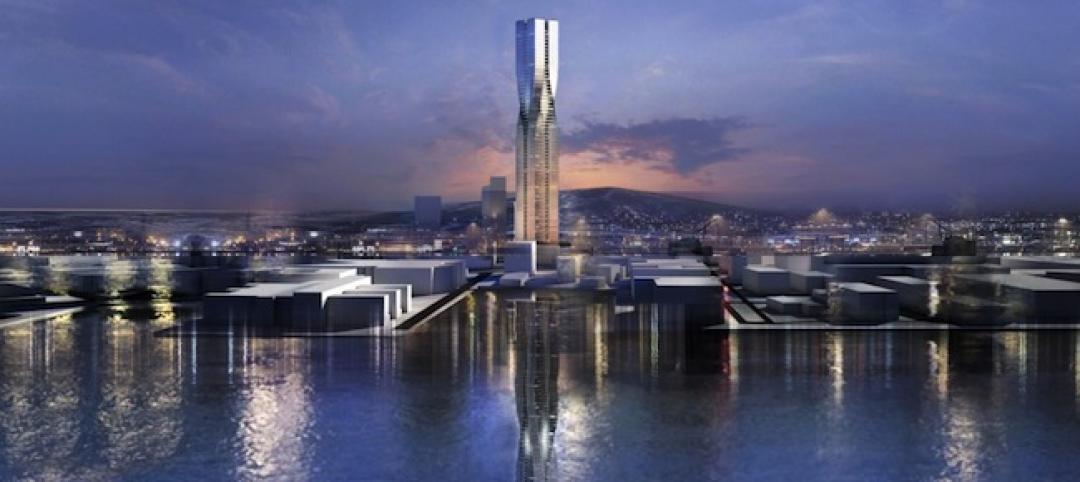Eighty-seven percent of residents consider amenities when signing or renewing a lease. That is, according to market research by Joe Duffus, CEO of Builders Design, and Justin Bucy, director at Housing Design Matters.
Based on market research and trends, Duffus and Bucy shared some primary areas of focus for multifamily amenities during their presentation at the 2023 International Builders’ Show. Whether it’s picking interior design elements or catering to your target demographic, here’s what their research has found.
3 important focus areas for amenities
In order to attract modern tenants, you need spaces that function for their preferred way of life.
1. Remote work
It’s not going away anytime soon. According to McKinsey data, nearly 60% of people work from home at least one day a week.
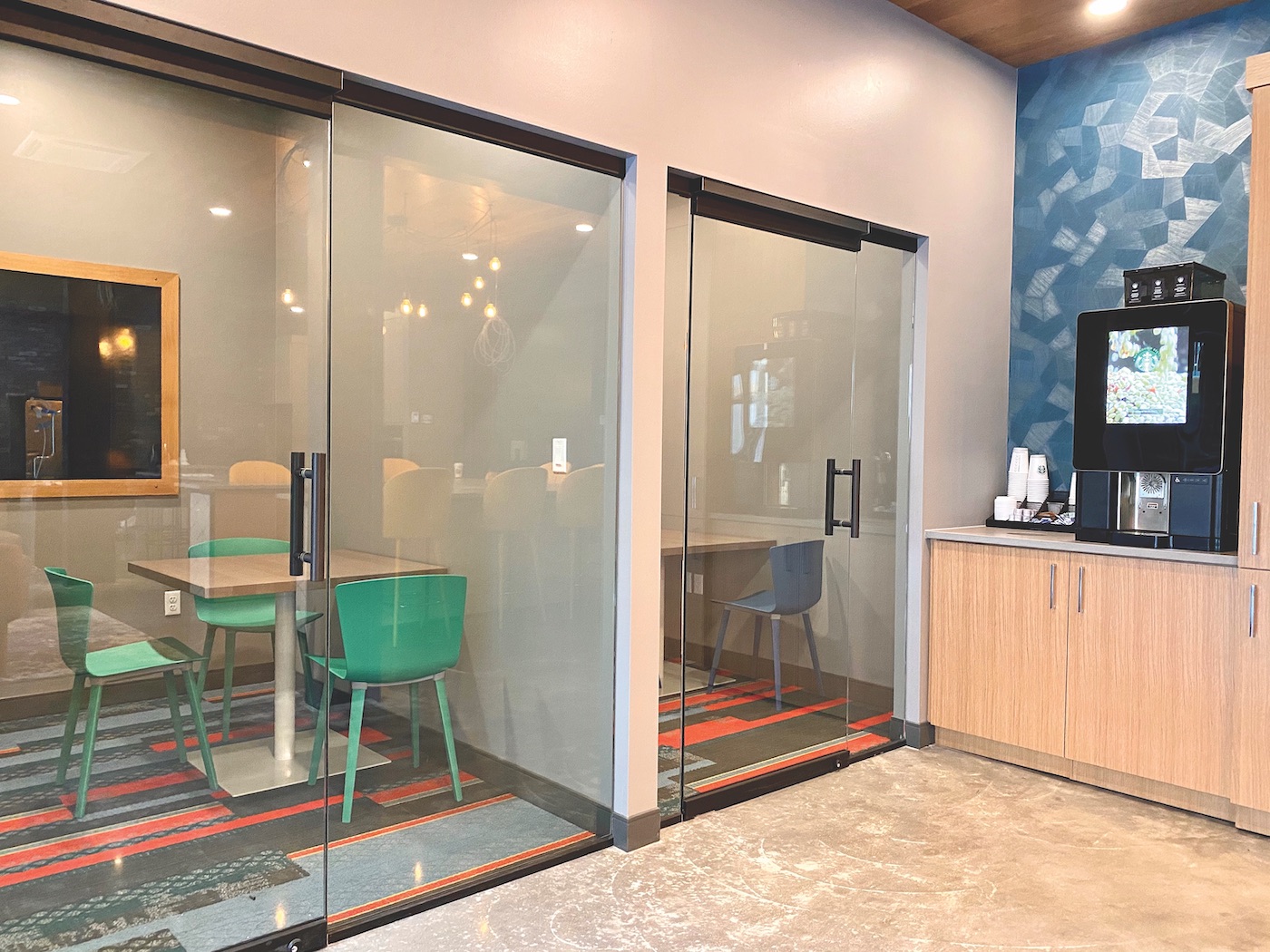
Remote work amenities could be anything from workspaces to meeting rooms and “Zoom booths.” It could be as simple as having minimalist workstations in a designated co-working space, as long as the design is inviting and functional (high-speed internet is a must). No one wants to sit and look at a blank wall—they can do that at home.
With the variety of careers going fully remote, Bucy has even seen podcasting/recording studios emerge in the multifamily space.
2. Relaxation and personal wellness
Water features, gardens, and meditative spaces can help residents up their relaxation game, making them feel even more at home. Whether it’s a simple outdoor fountain that provides calming white noise, or a tucked-away library for needed quiet time, amenities that promote relaxation can help retain tenants each and every year.
On the other hand, dedicated fitness centers are also essential for resident wellness—but long gone are the days of minimal equipment in a cramped room. Depending on your target demographic, choose between free weights or weight machines (or even both) as long as you maintain adequate, clear floor space. Consider using a fitness consultant to help layout and optimize the room.
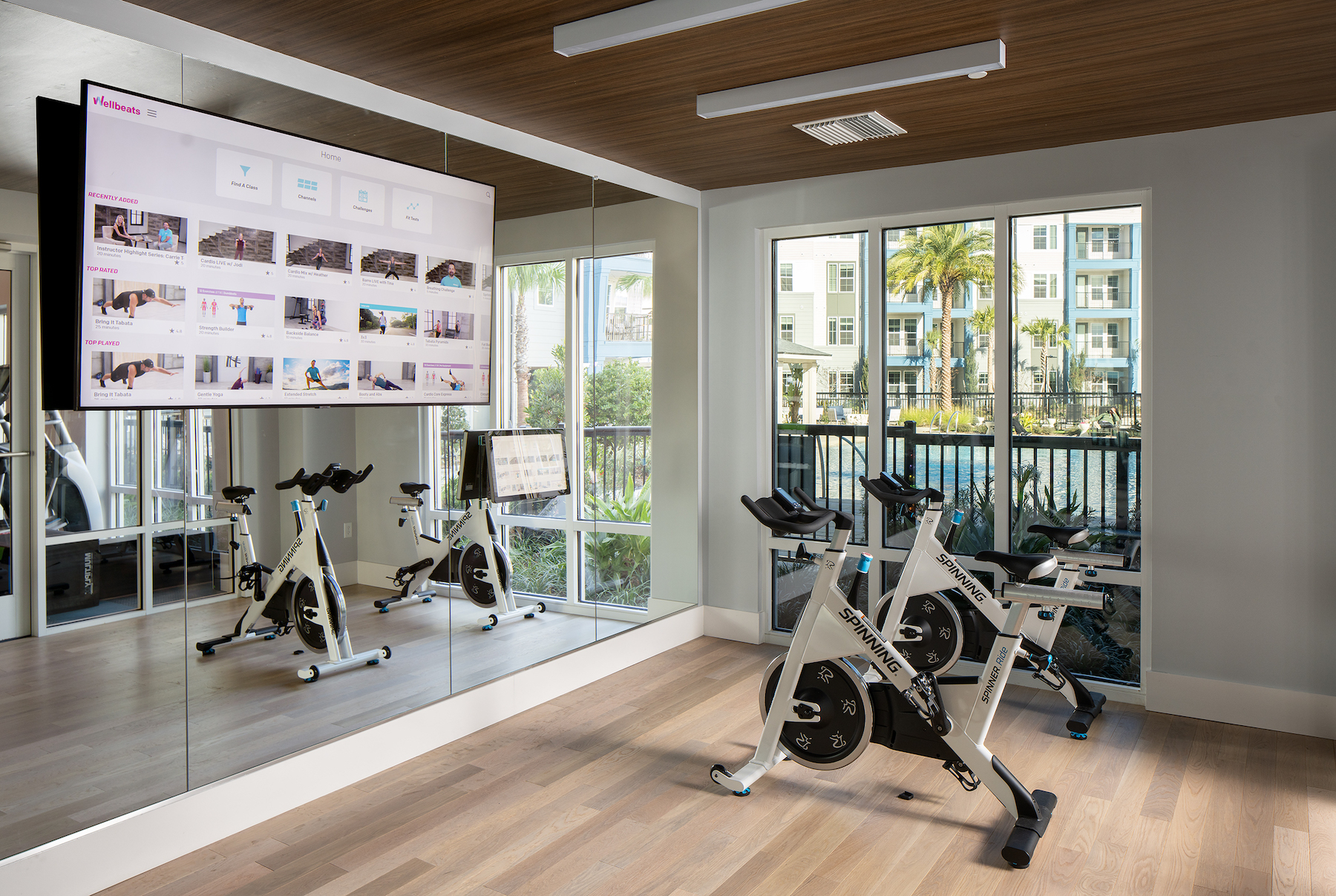
Also, keep in mind the various ways people exercise: yoga, stretching, aerobics, etc. If possible, implement space for such alternative activities in your fitness room.
3. Outdoor spaces
Community fire pits/grills, lounging areas, hiking trails, or pools offer residents the chance to socialize day and night. With modern technology, you can implement a simple, sleek fire table that’s both easy to operate and functional in tighter spaces. And don’t sleep on rope lights—they can help define and elevate any outdoor area. Bucy emphasizes the inclusion of covered outdoor spaces as well, citing his firm’s 20% increase in the feature as of late.
Bonus amenity considerations
After nailing these focus areas, Duffus and Bucy suggest improving upon your development further.
- Community cultivation. Look for a chance to create communities with your attractive amenities. Consider your target market and let it influence your design choices. A gathering space could be designed as a bar/lounge for the younger crowd, or as a sleek kitchen-like common room for elegant types. Bucy also sees opportunities for creating community through flex room design. Give it a theme—maybe with wine or scotch lockers—to spur engagement and connectivity.
- Package/mail room. Bucy finds that for the mail room and package receptacles, you only need to provide enough parcel lockers for about 30% – 40% of units.
- Pet amenities. According to Bucy, the Covid-19 pandemic led to a record number of pet adoptions. Subsequently, dog parks and washing stations are in the highest demand. With pet spas and washing stations, he’s found the most success in keeping them away from community spaces. Group these pet rooms closer to maintenance/pool equipment areas. Your tenants—and their noses—will thank you.
Related Stories
| Jun 19, 2014
First look: JDS Architects' roller-coaster-like design for Istanbul waterfront development
The development's wavy and groovy design promises unobstructed views of the Marmara Sea for every unit.
| Jun 19, 2014
Singapore's 'Tree House' vertical gardens break Guinness World Record
The high-rise development will have a 24,638-sf vertical garden, breaking a Guinness World Record.
| Jun 18, 2014
Largest Passive House structure in the U.S. to be built in Oregon
Orchards at Orenco, a 57-unit affordable housing complex in Hillsboro, Oregon, is the first of a three-phase, three-building complex.
| Jun 18, 2014
SOM's twisting tower wins design competition for Sweden's tallest skyscraper
The skyscraper, which will reach 230 meters and is named Polstjärnan, or "The Pole Star," is to be built in Gothenburg, Sweden.
| Jun 18, 2014
Arup uses 3D printing to fabricate one-of-a-kind structural steel components
The firm's research shows that 3D printing has the potential to reduce costs, cut waste, and slash the carbon footprint of the construction sector.
| Jun 17, 2014
U.S. Census report examines why Americans move
According to the U.S. Census Bureau, 35.9 million people moved between 2012 and 2013, meaning that 11.7% of the U.S. population moved in one year. The report seeks to examine why.
| Jun 13, 2014
Grocery stores, restaurants make neighborhoods most desirable [infographic]
John Burns Real Estate Consulting ranks the top 25 housing amenities by generation, based on feedback from more than 20,000 home shoppers.
| Jun 12, 2014
Austrian university develops 'inflatable' concrete dome method
Constructing a concrete dome is a costly process, but this may change soon. A team from the Vienna University of Technology has developed a method that allows concrete domes to form with the use of air and steel cables instead of expensive, timber supporting structures.
| Jun 11, 2014
David Adjaye’s housing project in Sugar Hill nears completion
A new development in New York's historic Sugar Hill district nears completion, designed to be an icon for the neighborhood's rich history.
| Jun 11, 2014
Koolhaas’ OMA teams with chemical company to study link between color and economy
Dutch company AkzoNobel is partnering with Rem Koolhaas' firm OMA to study how the application of colorful paints and coatings can affect a city's economic development.


